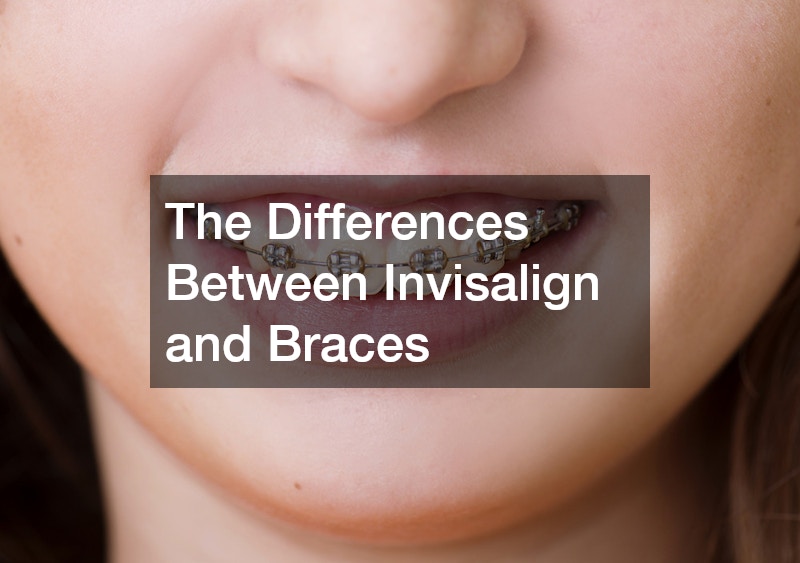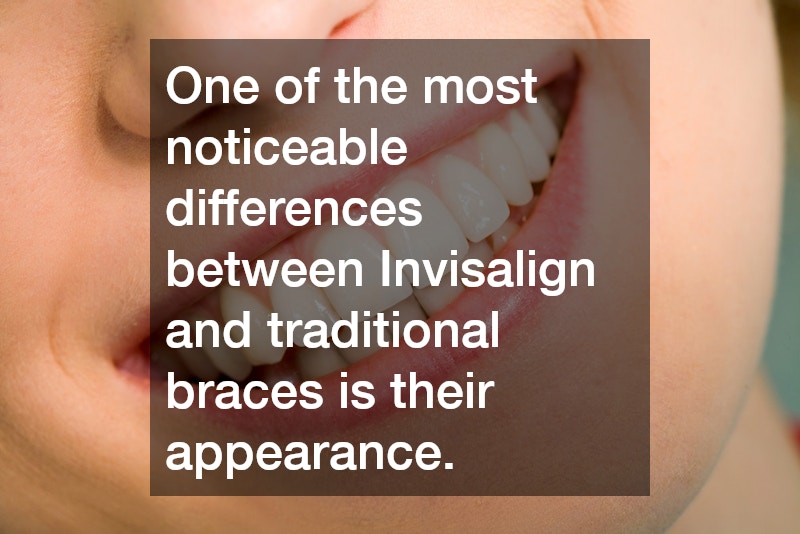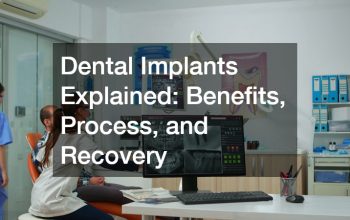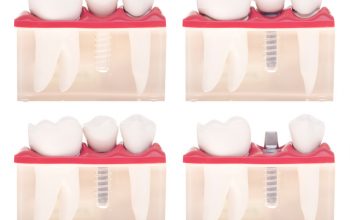

When it comes to straightening teeth, Invisalign and traditional braces are two of the most popular options. While both can help achieve a healthy, aligned smile, they differ in terms of appearance, comfort, treatment process, and cost. For many patients, understanding these differences is crucial when choosing the best option. One common question is about the cost of Invisalign vs braces, as financial considerations often play a significant role in decision-making. Here’s a breakdown of the key differences between Invisalign and braces to help you decide which might be best for your needs.
1. Appearance and Aesthetic Appeal
One of the most noticeable differences between Invisalign and traditional braces is their appearance. Invisalign aligners are made from clear, BPA-free plastic, making them nearly invisible on the teeth. They’re popular among adults and teens who want a discreet option for orthodontic treatment, as the aligners are clear and blend with the natural teeth.
Traditional braces, on the other hand, are typically made of metal brackets and wires. They are more noticeable, though some patients can choose ceramic braces, which are less visible but still not as inconspicuous as Invisalign. For individuals who are self-conscious about their appearance during treatment, Invisalign is often the preferred choice.
2. Comfort and Ease of Use
Both Invisalign and braces can cause initial discomfort as they apply pressure to shift the teeth, but many patients find Invisalign to be more comfortable overall. The aligners are smooth and custom-fit to your teeth, so there are no sharp edges or brackets to cause irritation inside the mouth. Traditional braces, however, have brackets and wires that can sometimes irritate the cheeks and lips, requiring wax to relieve discomfort.
Invisalign aligners are also removable, allowing you to eat, drink, brush, and floss without interference. With traditional braces, eating sticky, hard, or crunchy foods is limited, as they can damage the brackets and wires. Additionally, cleaning braces requires careful brushing and flossing around the brackets and wires, which can be time-consuming compared to the simplicity of removing Invisalign aligners for oral hygiene.
3. Treatment Time and Process
The duration of treatment for Invisalign and braces varies depending on the complexity of the case, but both options typically take between 12 and 24 months. However, Invisalign treatment may require fewer in-office visits because you receive a series of aligners at once. Instead of regular wire adjustments, you simply switch to the next set of aligners every two weeks.
Braces often require monthly adjustments to tighten the wires and maintain the necessary pressure to move the teeth. For patients with complex alignment issues, traditional braces may be more effective as they provide more precise control over tooth movement. Invisalign, while highly effective for mild to moderate cases, may not be suitable for severe alignment issues, making braces the better option in certain situations.
4. The Cost of Invisalign vs Braces
When comparing the cost of Invisalign vs braces, there are several factors to consider, including the severity of alignment, the length of treatment, and individual orthodontic needs. Generally, traditional metal braces are the more affordable option, with a typical cost range between $3,000 and $7,000, depending on the treatment duration and complexity.
Invisalign can cost between $3,500 and $8,000, often making it a slightly more expensive choice. This higher cost is due to the advanced technology and custom fabrication involved in creating clear aligners. While insurance coverage varies, some providers cover both treatments equally, though out-of-pocket expenses may differ. Many orthodontic offices offer payment plans to make both options more accessible for patients.
5. Maintenance and Compliance
Invisalign requires a high level of patient compliance to be effective. The aligners should be worn for at least 20-22 hours a day, only removed for eating, drinking, and oral hygiene. Patients who do not consistently wear their aligners may experience slower progress or need additional aligners to complete treatment.
Traditional braces are bonded to the teeth, so compliance is not an issue. However, they require consistent care to prevent food buildup and cavities, as brackets and wires can trap food particles.
Choosing between Invisalign and braces depends on personal preference, aesthetic considerations, comfort, and budget. Both options have their benefits and challenges, and while the cost of Invisalign vs braces might differ slightly, both treatments are effective at creating a straighter, healthier smile. Consulting with an orthodontist will help you decide which option best suits your needs, lifestyle, and financial situation, ensuring you achieve the best results with the treatment you choose.
.




